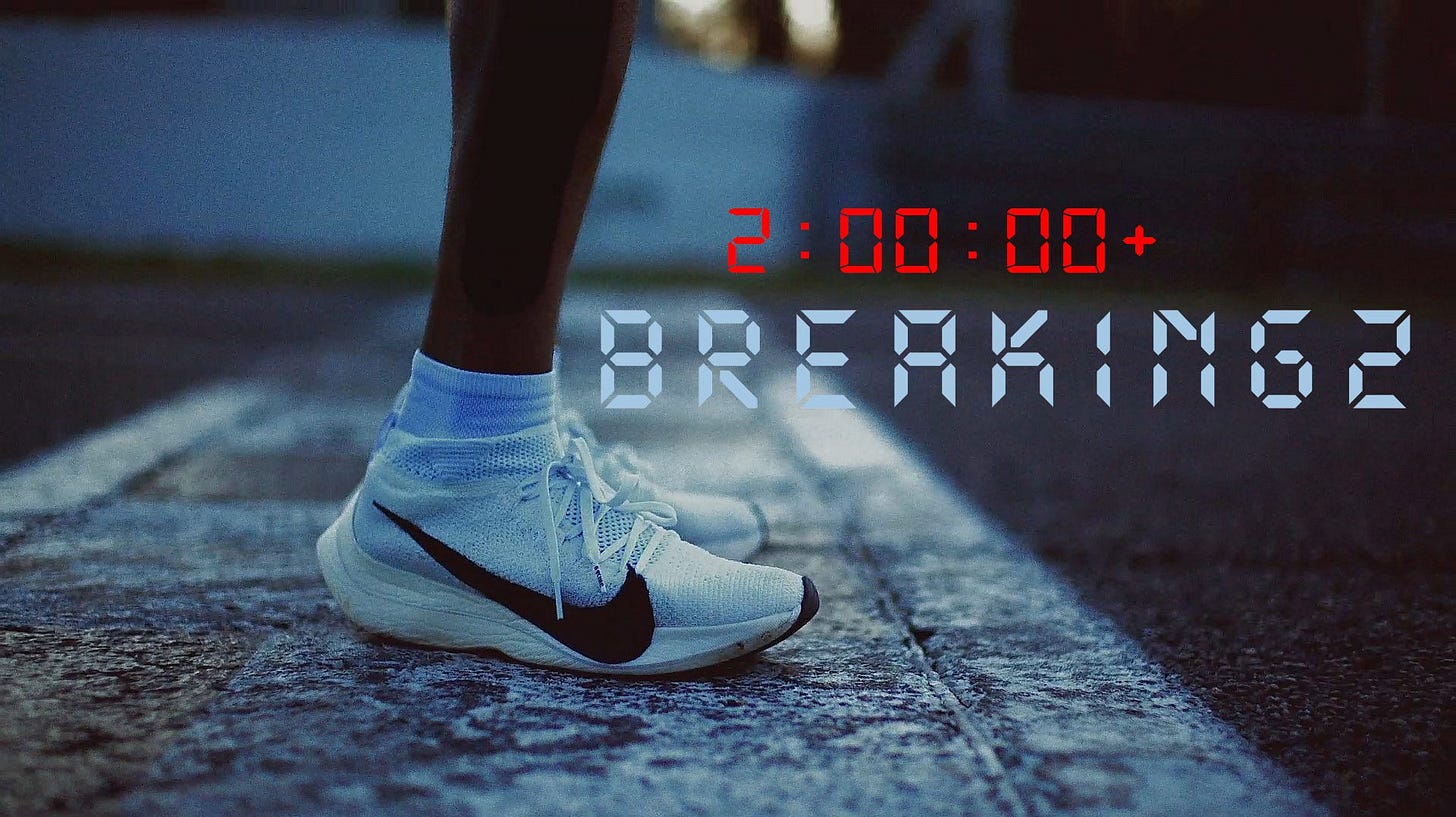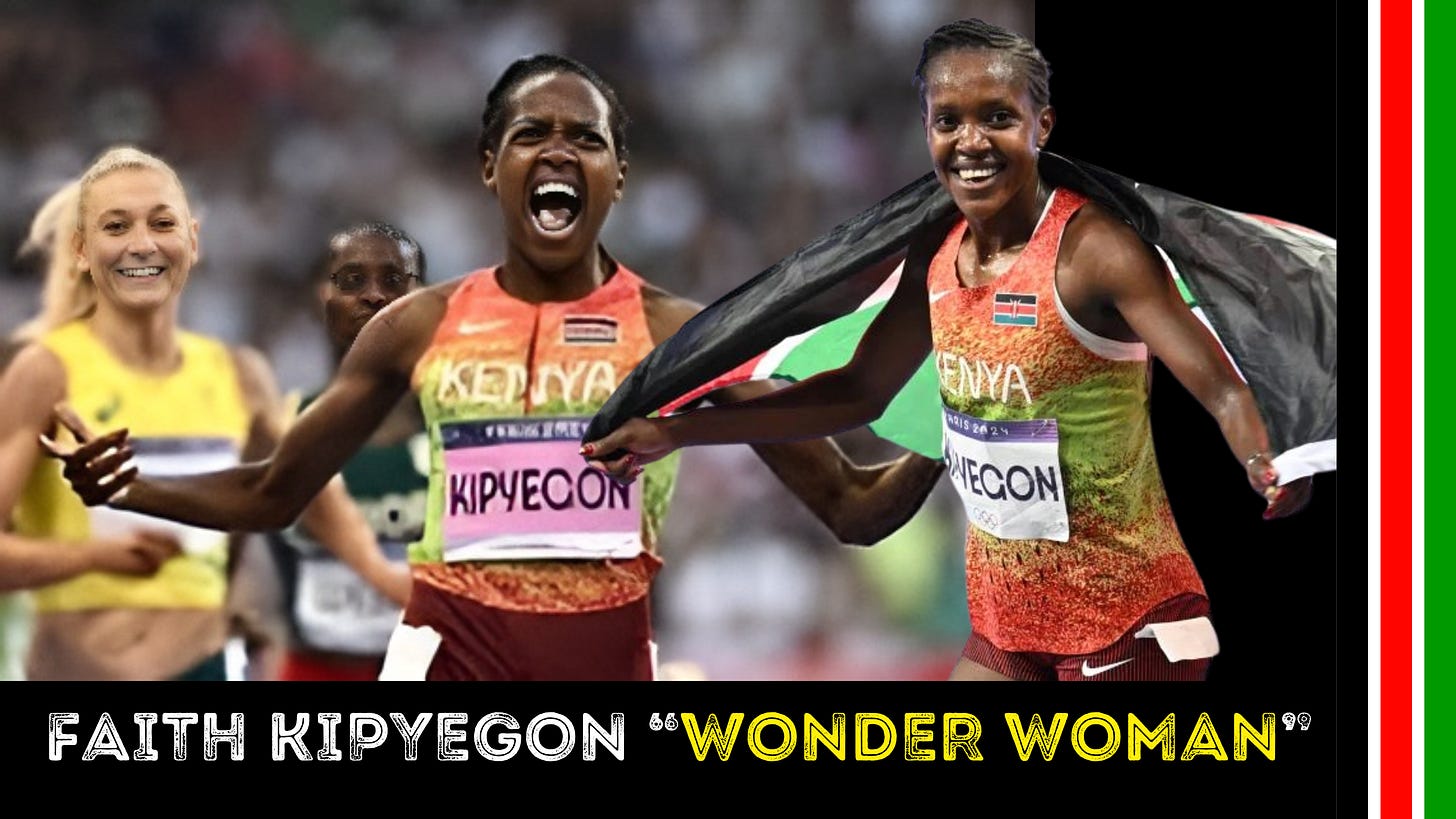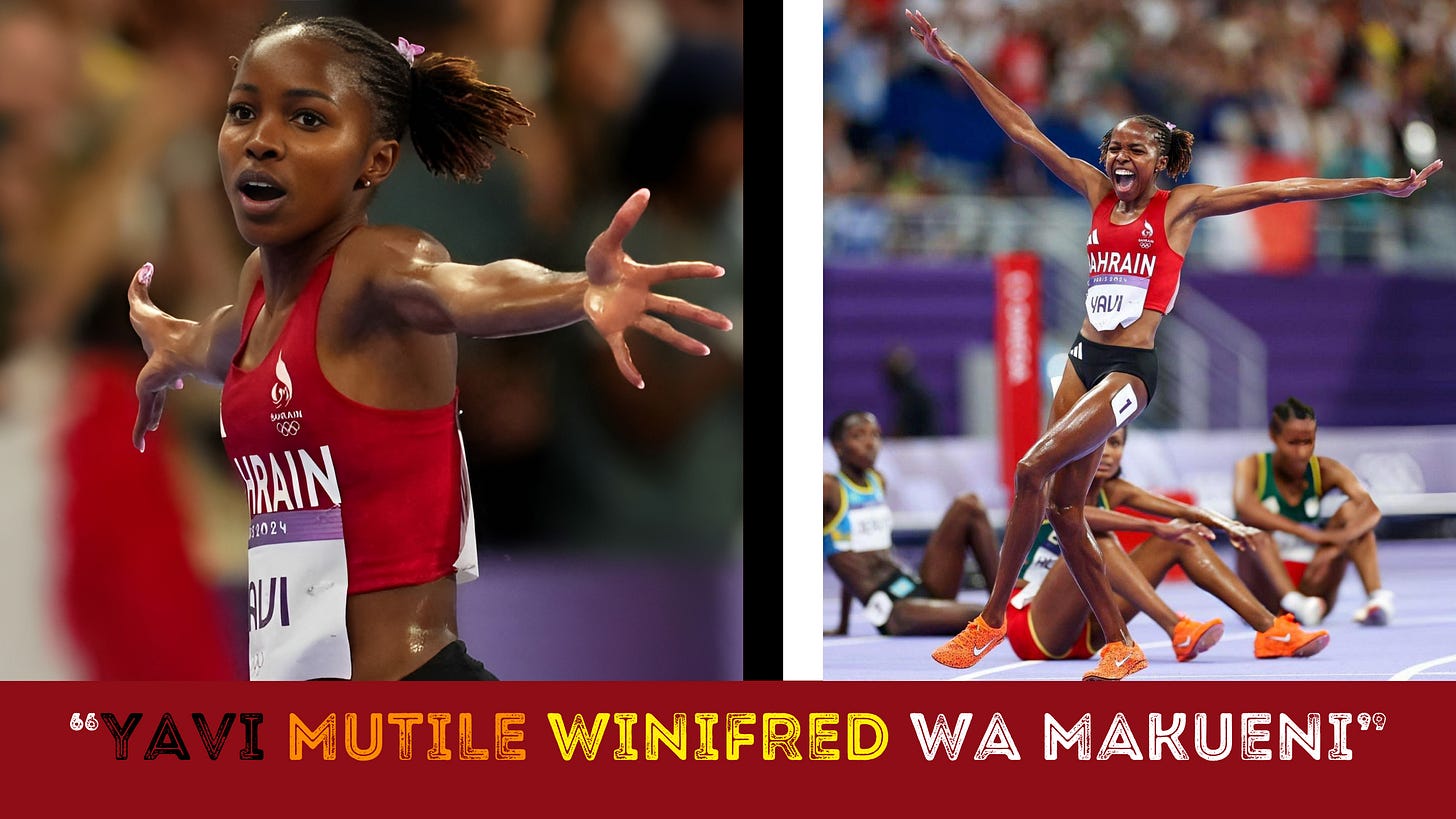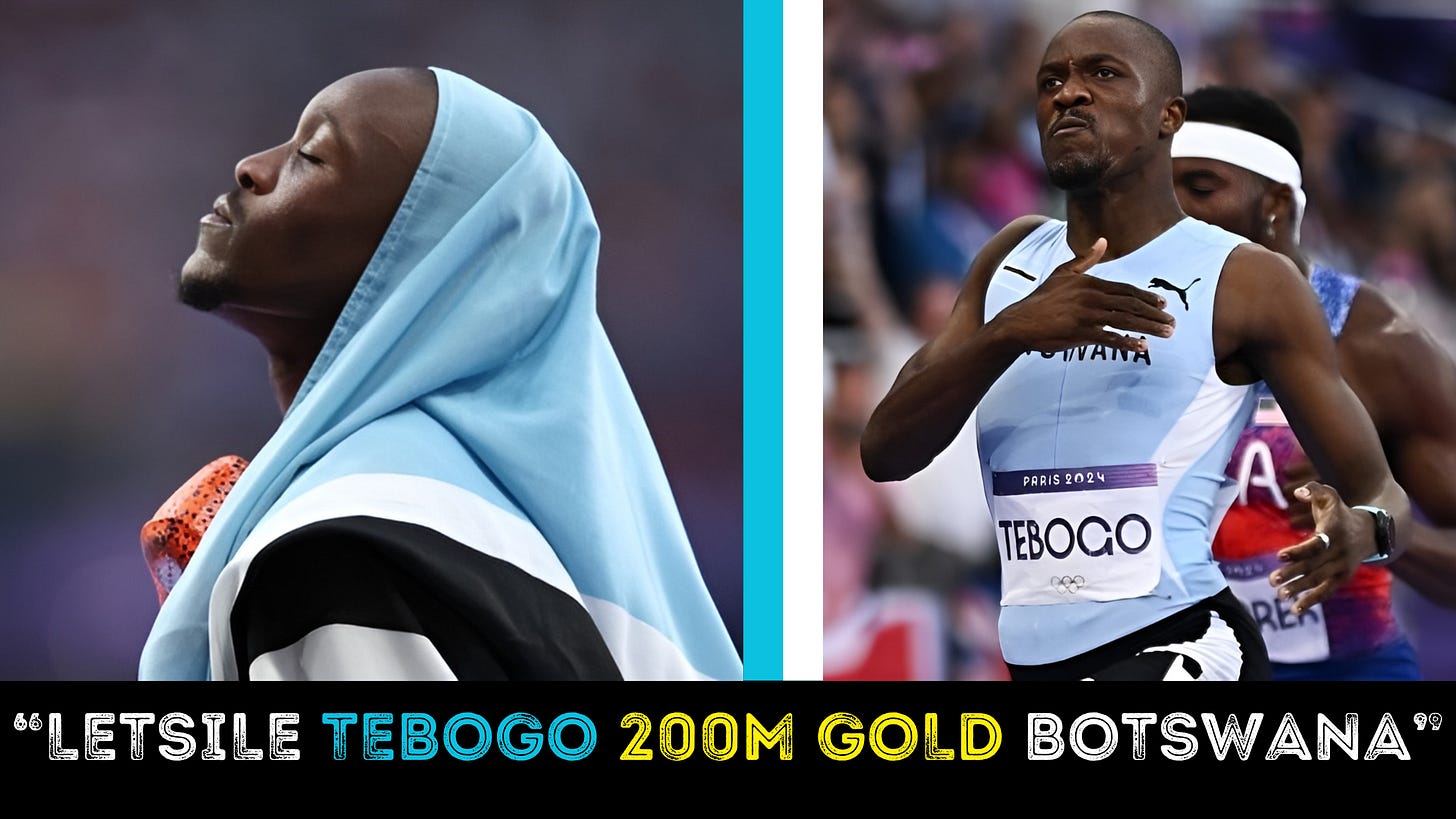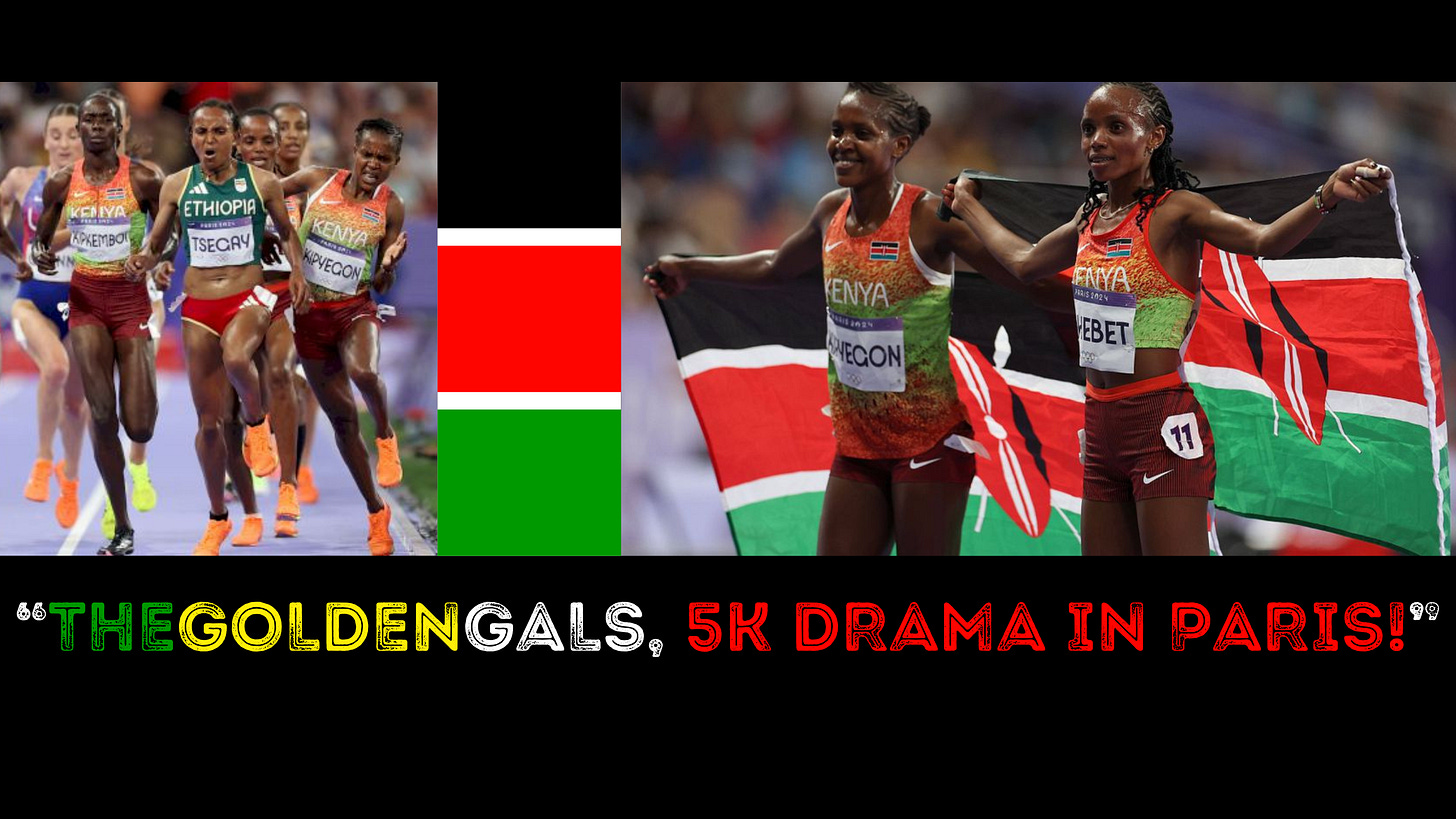The Architecture of Greatness (Or, The Unseen Threads)
The Architecture of Greatness (Or, The Unseen Threads)
Let me tell you about greatness.
You see it under the stadium lights, a flash of colour crossing a finish line, a perfectly arched jump shot, a body draped in a national flag. You hear it in the roar of the crowd, in the breathless commentary, in the anthem playing for a chosen few. You think you know it. You see the glory. You see the despair.
But you don’t see the architecture.
You don’t see the foundation laid in the dark at 4 AM on a dusty road when the world is asleep. You don’t feel the burn in the lungs at 7,000 feet, a pain that has become a prayer. You don’t hear the silence of a lonely hotel room in a foreign city, the night before a race that will define a life. You don’t see the ghosts of a home left behind, a hometown like Rumbach that exists now only in memory, fueling a journey that had to succeed because there was no going back.
This is the unseen work. This is the truth of the matter. And if you want to understand what’s happening across our continent, you have to look past the finish line and into the heart of the fire.
Look at Faith Kipyegon.
You see the queen, the mother, the smiling assassin who returned from the birth of her daughter to rewrite history. You see the records fall—the mile, the 1500m. You see her in Paris, just days ago, chasing the ghost of the four-minute mile, running a blistering 4:06 and showing us that even in a failed attempt, there is a terrible, beautiful glory. But the architecture of her greatness was built in the quiet moments of doubt, in the slow, agonizing return to form, in the decision to believe that a woman’s body could be a vessel for new life and still be a vessel for impossible speed. She didn’t just come back; she was reborn in the crucible of motherhood.
Eliud - The Philosopher King
And in that same Kaptagat air, that thin, holy air, you find Eliud Kipchoge, the philosopher king, living like a monk. You see the sub-two-hour marathon, the “No Human is Limited” mantra that became a global movement. But the architecture of his greatness is humility. It’s found in his willingness to scrub the toilets at his training camp, to live a simple life when he could have had anything. He understood a truth we have forgotten: to build an unshakable mind, you must first strip away the distractions of the world. His greatness is not a performance; it’s a state of being.
But this fire is spreading. The architecture is changing. It’s no longer confined to the Rift Valley. Sometimes, the architecture must travel, seeking new foundations under new banners.
Look at Winfred Mutile Yavi.
The World and Olympic Steeplechase Champion. You see the flag of Bahrain raised to celebrate her, and as a Kenyan, it is easy to feel a sense of loss. But we cannot judge her pathway. We must see her for who she still is: a professional athlete pursuing her dream across borders. Her roots remain planted firmly in the soil of #Makueni County, in Kenya. Her family is still there. Her friends are still there. The punishing work in training still happens there. She is African by every means but the flag of her adopted country, a testament to a talent so profound it became a global commodity.
Her journey sits alongside that of Khaman Maluach.
A boy whose parents fled Rumbach, South Sudan, when he was just two. A life lived in exile in Uganda. Destiny didn’t find him in a structured academy at first. It found him on the back of a boda boda, a motorcycle taxi, when the rider looked at his towering frame and spoke the words that would change everything: “You are too tall not to be playing basketball”. From that spark, a fire. To the NBA Academy, to Duke, and now to the Houston Rockets as a top 10 draft pick. You see the 7’2” frame, the impossible wingspan. I see a boy carrying the memory of a home he barely knew, turning the weight of exile into the power to fly.
The Boy King - Letsile Tebogo
And the fire is even changing shape. It now has the swagger and explosive power of Letsile Tebogo. A sprinter from Botswana who runs with the joy and fury of a rockstar. He is a bolt of lightning, a challenge to the old world order of sprinting. He reminds us that the African heart can beat at 200 beats per minute in the first 10 seconds of a 100-meter dash. His confidence is its own kind of architecture, built on the belief that he belongs at the very front.
The running tribe - inspired by a maiden
And if you listen closely, you can now hear the footsteps of a tribe. Faith Kipyegon didn’t just win races; she permitted a new generation of Kenyan women to dominate. She is the matriarch of this new belief. This is the
#FaithEffect.
You see it in Beatrice Chebet, the new Olympic 5k Champion, running with the authority of an heir who knows the throne belongs to her. You see it in the raw power of
Faith Cherotich, whose name is no coincidence, attacking the steeplechase barriers as if they are merely suggestions. And you see it in
Doris Lemngole, taking a different path through the American college system to shatter the 9-minute barrier. They are not just running in her footsteps; they are running with her fire in their lungs.
So what is the unseen thread that connects them all?
The marathoner, the miler, the basketball player, the sprinter?
It’s the understanding that the real work is done when no one is watching. It’s the courage to carry the hopes of a nation on your shoulders without collapsing under the weight. It’s the quiet nod to a coach, the sacrifice of a family, the resilience of a spirit that refuses to be defined by its origins.
It is the architecture of a dream, built one unseen, agonizing, beautiful brick at a time. This is the truth. And it is a story that is only just beginning.
And, what is our part in this? How do we connect to them?
It is not to question their journey or their process, in victory or defeat. That is the talk of cynics in cheap seats. Our place is not on the judge's stand, but in the stands themselves. Our job—our privilege—is this one thing: to show up. To line the marathon route, to fill the stadium, to be the roar that greets them and the respectful silence that holds them when they give their all.
Because that, and only that, is the true recognition of their craft. Our presence is the ultimate tribute. It is how we say, without words, “We see the unseen work. We see the sacrifice. We see ourselves in your journey”.
This is how we connect. By bearing witness.




